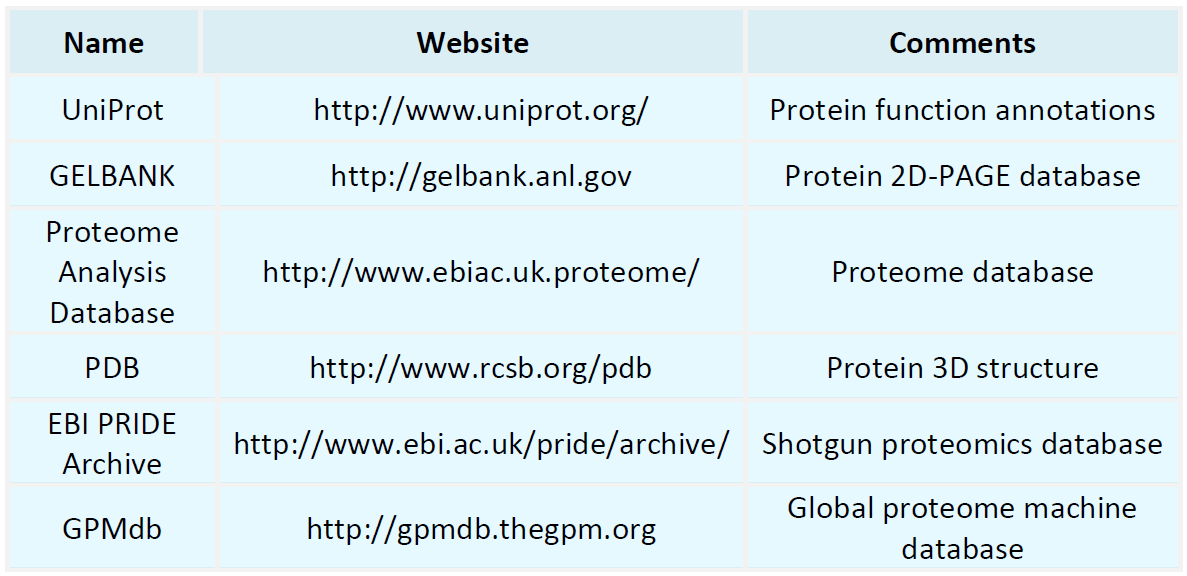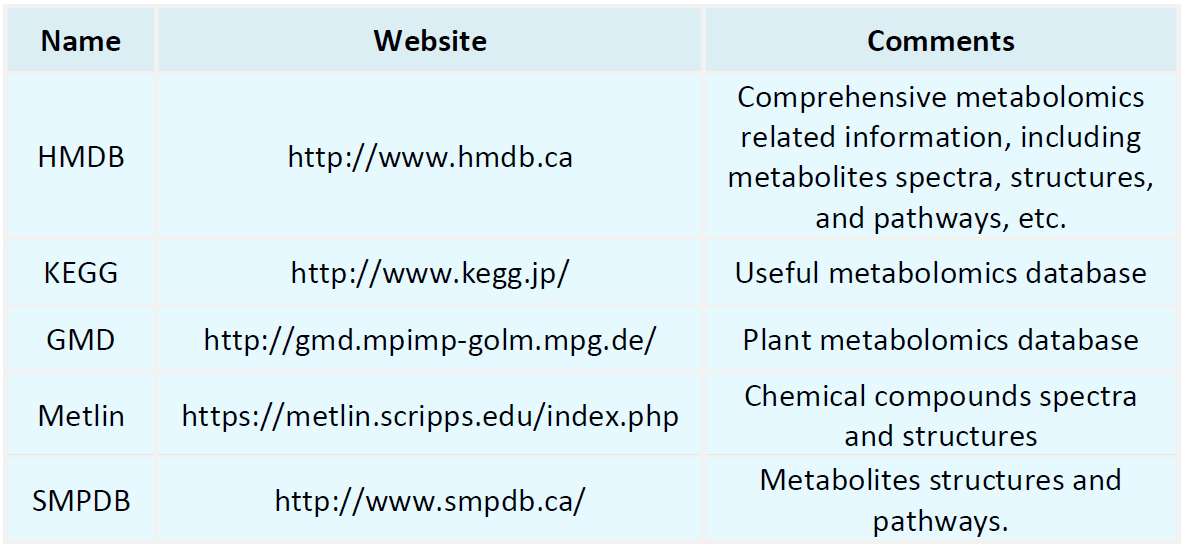Resources
Proteomics Databases

Metabolomics Databases

-
In protein expression systems, even proteins derived from the same gene may result in multiple protein isoforms that are structurally similar yet functionally distinct. These differences can arise from alternative splicing, variation in translation initiation, post-translational modifications, or divergent degradation pathways. Such isoforms are commonly found in natural proteins and are especially relevant during the development of biopharmaceuticals—including antibody drugs, fusion proteins, and .........
-
• Current State, Challenges, and Development Trends in Targeted Proteomics
With ongoing advances in proteomic technologies, research priorities are shifting progressively from discovery-driven approaches to targeted strategies. Targeted proteomics, particularly techniques such as Multiple Reaction Monitoring (MRM/SRM) and Parallel Reaction Monitoring (PRM), has emerged as a pivotal tool for biomarker validation, drug target confirmation, and the evaluation of responses to biological therapies. This review provides a systematic overview of the current progress, major technical.....
-
• Unlocking Cancer Biomarkers: The Role of Protein Full-Length Sequencing in Precision Oncology
With the rapid advancement of precision medicine and personalized therapeutic strategies, the identification of cancer biomarkers has become a cornerstone of early detection, prognostic evaluation, and therapeutic decision-making in oncology. However, conventional proteomics approaches predominantly target localized protein fragments or peptide segments, which hampers the comprehensive characterization of protein structural variations—such as splice isoforms, post-translational modifications (PTMs), and....
-
• PRM vs. MRM: Comparative Analysis in Quantitative Proteomics
In proteomics research, targeted quantification techniques play an increasingly critical role, spanning the workflow from target discovery to result validation. Compared to traditional approaches such as labeled quantification and data-dependent acquisition (DDA), Multiple Reaction Monitoring (MRM) and Parallel Reaction Monitoring (PRM) offer superior specificity, sensitivity, and reproducibility—making them especially advantageous for the precise detection of low-abundance proteins. With the advancement...
-
• PRM and MRM in Targeted Proteomics: Advantages and Limitations
Targeted proteomics, recognized for its high quantitative accuracy and reproducibility, has emerged as a pivotal approach in biomarker validation, translational clinical research, and the investigation of drug mechanisms. At present, two primary mass spectrometry-based targeted strategies—Multiple Reaction Monitoring (MRM) and Parallel Reaction Monitoring (PRM)—have demonstrated distinct technical characteristics and application-specific strengths. This article provides an in-depth comparison of PRM and....
-
• Immunogenicity Testing of Therapeutic Proteins
Immunogenicity Testing of Therapeutic Proteins involves the assessment of the likelihood and extent to which exogenous proteins—such as recombinant proteins, monoclonal antibodies, and fusion proteins—elicit immune responses in the human body, using a combination of biological, immunological, and molecular techniques. With advances in biopharmaceutical technology, therapeutic proteins have become integral to the treatment of cancers, autoimmune diseases, metabolic disorders, and other conditions.
-
Antibody-based proteomics is an analytical approach that employs highly specific antibodies to investigate and characterize the proteome. Antibodies, which are immunoglobulins capable of selectively binding to antigens, serve as critical tools in this methodology. Beyond protein identification and quantification, antibody-based proteomics enables in-depth analysis of protein structure, localization, and functional dynamics within cells, providing insights into cellular mechanisms of action. For instance....
-
• Stable Isotope Labeling by Amino Acids in Cell Culture
Stable Isotope Labeling by Amino Acids in Cell Culture is a quantitative proteomics technique that leverages the metabolic incorporation of isotope-labeled amino acids into newly synthesized proteins. In this method, stable isotope-labeled amino acids such as [^13C_6]-lysine or [^13C_6^15N_4]-arginine are added to the cell culture medium. As cells proliferate, these labeled amino acids are incorporated into proteins through normal metabolic processes, resulting in distinguishable “light” and “heavy” .......
-
APEX Proteomics (APEX-Engineered Ascorbate Peroxidase) enables in situ protein labeling, subcellular localization, and interaction profiling within living cells by harnessing the high catalytic efficiency of engineered ascorbate peroxidase (APEX). This approach allows researchers to accurately map the spatial distribution, dynamic behavior, and interaction networks of proteins under physiological conditions. Through catalysis of hydrogen peroxide reactions inside cells, APEX rapidly activates.........
-
• Proteomics in Bioinformatics
Proteomics in bioinformatics is an interdisciplinary field that employs computational approaches and information technologies to collect, analyze, integrate, and interpret large-scale datasets generated from proteomics experiments. Proteomics focuses on the comprehensive profiling of proteins expressed in an organism, cell, or tissue at a specific time point. Core research areas include protein identification, quantification, structural and functional prediction, and the analysis of protein-protein.........
How to order?







